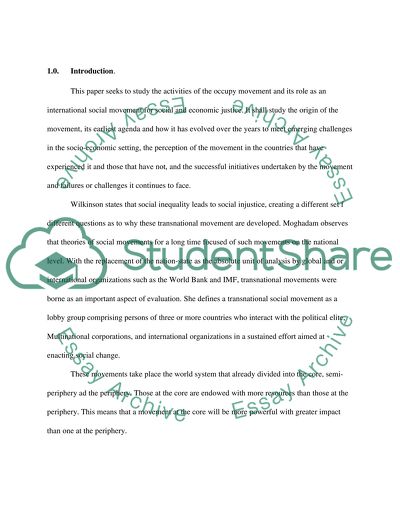Cite this document
(“Occupy movement as a Transnational Social Movement for social and Admission/Application Essay”, n.d.)
Retrieved from https://studentshare.org/history/1398355-occupy-movement-as-a-transnational-social-movement-for-social-and-economic-justice
Retrieved from https://studentshare.org/history/1398355-occupy-movement-as-a-transnational-social-movement-for-social-and-economic-justice
(Occupy Movement As a Transnational Social Movement for Social and Admission/Application Essay)
https://studentshare.org/history/1398355-occupy-movement-as-a-transnational-social-movement-for-social-and-economic-justice.
https://studentshare.org/history/1398355-occupy-movement-as-a-transnational-social-movement-for-social-and-economic-justice.
“Occupy Movement As a Transnational Social Movement for Social and Admission/Application Essay”, n.d. https://studentshare.org/history/1398355-occupy-movement-as-a-transnational-social-movement-for-social-and-economic-justice.


